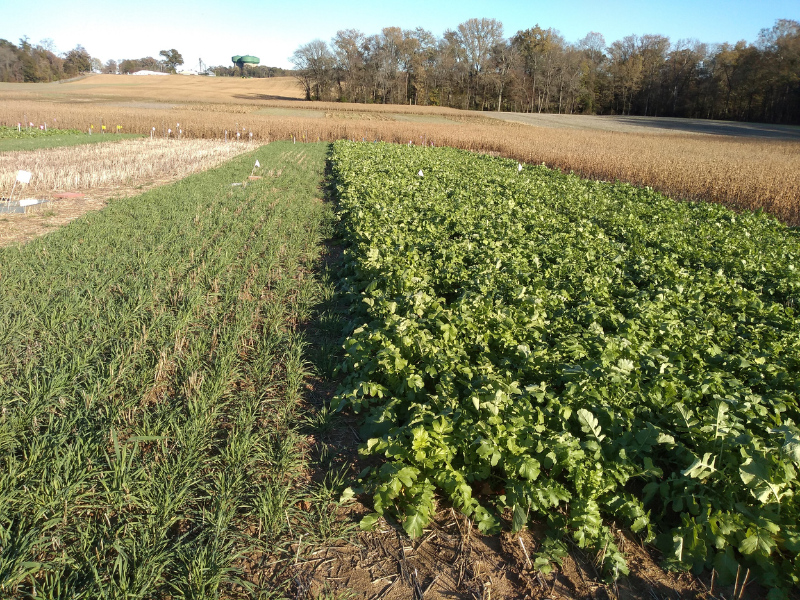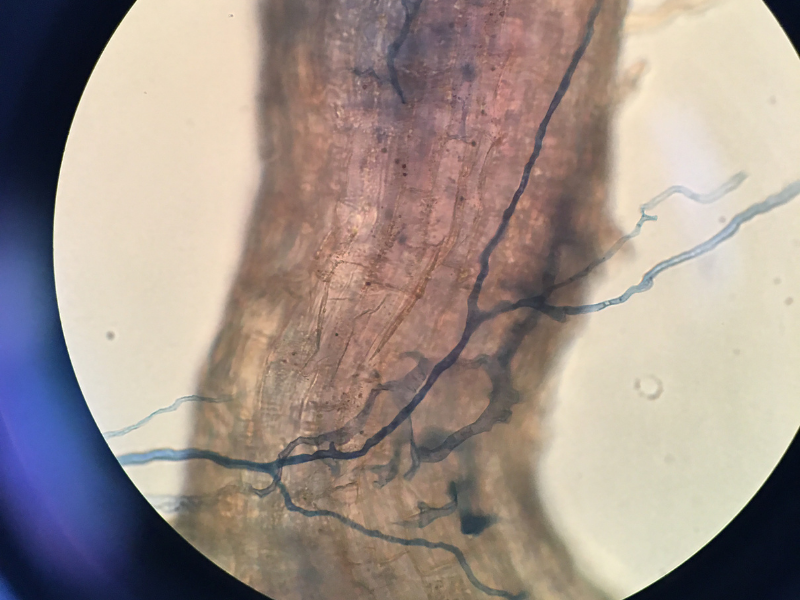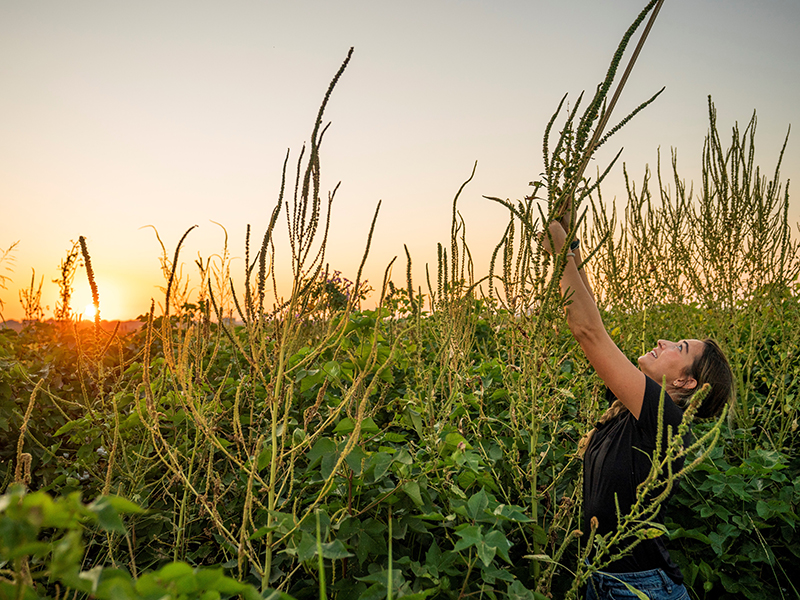Conservation

Fields of amber grain may be the poetic image of American farmland. And it’s true that the U.S. grows plenty of wheat. But fields of yellow grain – corn – may be more accurate.

The Chesapeake Bay once produced tens of millions of bushels of oysters a year. Today, the oyster harvest is below one percent of these historic highs.

Many urban gardeners know that adding ingredients like compost and mulch to their soil has great benefits. But it can be difficult to know what to add and why. Researchers at Purdue University gathered scientific evidence about one specific soil addition, leaf mold compost, and how it benefits tomato plants.

Spills and leaks of petroleum products wreak havoc on the environment. They can contaminate soils and pose significant threats to humans, animals, plants, and soil microbes. Cleaning up petroleum contamination can be energy and time-consuming, however, one of the fastest methods of decontaminating soils is called thermal desorption.

The Great Plains in the United States are well known for a rich history and expansive grasslands. This region is synonymous with ranchers herding cattle across the plains and a valuable resource for a growing population.

Pumpkins (Cucurbita pepo) are a common vegetable crop sold at local pumpkin patches and farmers markets. They are also used in commercial production (like canned pumpkin). In 2019, the value of harvested pumpkin was worth $180 million.

Given current global challenges, lawmakers have proposed allowing select land currently enrolled or soon-to-be enrolled in the Conservation Reserve Program (CRP) to be opened for crop production in the immediate future. In 2021, approximately 315,000 U.S. producers received CRP payments, accounting for roughly 22 million acres enrolled in the CRP program or 8.7% of U.S. cropland.

Crops need nutrients like nitrogen and phosphorus to grow and thrive. However, excess nutrients from farms can wash into streams and rivers, and even make their way into oceans. The surplus in nutrients can cause major damage to aquatic ecosystems; but small wetlands can be of tremendous help in reducing or preventing this damage.

Cover crops do far more than cover soils. They provide an array of benefits, such as the ability to reduce soil erosion and increase soil health. They can help attract pollinators, repel pests, turn into ‘green manure,’ or can be used as feed for livestock.

The world is warming. And fast. By 2050, it’s likely the planet will have warmed by about 3.6 degrees Fahrenheit compared to before the Industrial Revolution. That warming brings substantial changes. Storms will be stronger. People will run their air conditioners more. It will even change when and where our crops grow — and how well they perform.
